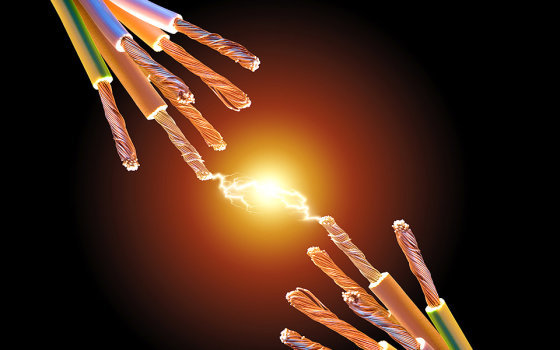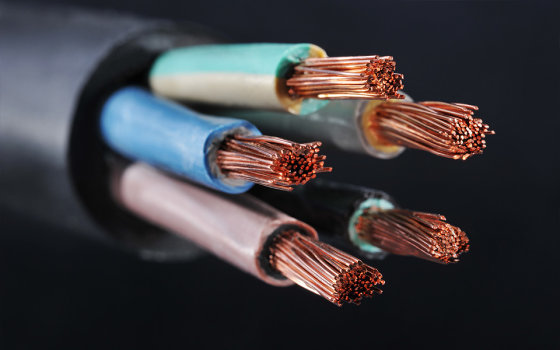Ordinary wires and cables
1. The applicable temperature range for ordinary PVC wires and cables is -15 ℃~60 ℃. When the ambient temperature of the usage site exceeds this range, special PVC wires and cables should be used; Ordinary polyvinyl chloride wires and cables emit toxic smoke during combustion and are not suitable for densely populated areas such as underground passenger facilities, underground commercial areas, high-rise buildings, and important public facilities.
2. Cross linked polyvinyl chloride (XLPE) wires and cables do not have flame retardant properties, but do not produce a large amount of toxic smoke when burned, making them suitable for industrial and civil buildings with "cleanliness" requirements.
3. Rubber wires and cables have good bending performance and can be laid in extremely cold climates, suitable for places with large horizontal height differences and vertical laying; Rubber wires and cables are suitable for power supply lines of mobile electrical equipment.
Flame retardant wires and cables
Flame retardant cable refers to a cable that is burned under specified test conditions, can spread the flame within a limited range, and after removing the fire source, the residual flame and residual burn can self extinguish within a limited time. The performance of flame retardant cable is mainly evaluated by two indicators: oxygen index and smoke emission. Due to the fact that oxygen accounts for 21% of the air, materials with an oxygen index exceeding 21 will self extinguish in air. The higher the oxygen index of a material, the better its flame retardancy. Flame retardant cables can be divided into three categories based on their smoke characteristics during combustion: general flame-retardant cables, low smoke and low halogen flame-retardant cables, and halogen-free flame-retardant cables. Ordinary type wires and cables can be used for buried cables, cables buried directly in building holes or masonry, and wires and cables laid through pipes. If measures such as sealing, water blocking, and isolation have been taken to prevent flame propagation for cables laid in cable trenches with covered troughs or cover plates, the requirements for first level flame retardancy can be reduced.
Fire resistant wire and cable
1. Fire resistant wires and cables refer to those that can maintain normal operating characteristics after being burned in a flame for a certain period of time under specified test conditions
The cable.
2. Fire resistant cables can be divided into two types based on insulation material: with type and without type. Some models mainly use mica tape that can withstand high temperatures of 800 ℃ to cover two layers with a 50% overlap rate as a refractory layer; External insulation is made of polyvinyl chloride or cross-linked polyethylene. If flame retardant is required at the same time, as long as the insulation material is flame retardant, it can be used. After adding an oxygen barrier layer to the fire-resistant cable of certain models, it can withstand a high temperature of 950 ℃. The model is a mineral insulated cable. It is a cable that uses magnesium oxide as insulation material and copper tube as sheath, internationally known as MI cable.
3. Fire resistant wires and cables are mainly suitable for circuits that need to maintain normal operation during a fire.
4. The fire resistance level should be determined based on the flame temperature that may be reached during a fire.
Selection of cross-sectional area
When passing through the load current, the temperature of the wire core shall not exceed the long-term operating temperature allowed by the insulation of the wire and cable.
When passing short-circuit current, it should not exceed the allowable short-circuit strength. High voltage cables should be verified for thermal stability, and busbars should be verified for dynamic and thermal stability.
3. Voltage loss is within the allowable range.
4. Meet the requirements of mechanical strength.
5. Low voltage wires and cables should meet the requirements of load protection, and the TNT system should also ensure that the protective appliances can disconnect the circuit in the event of a ground fault.



